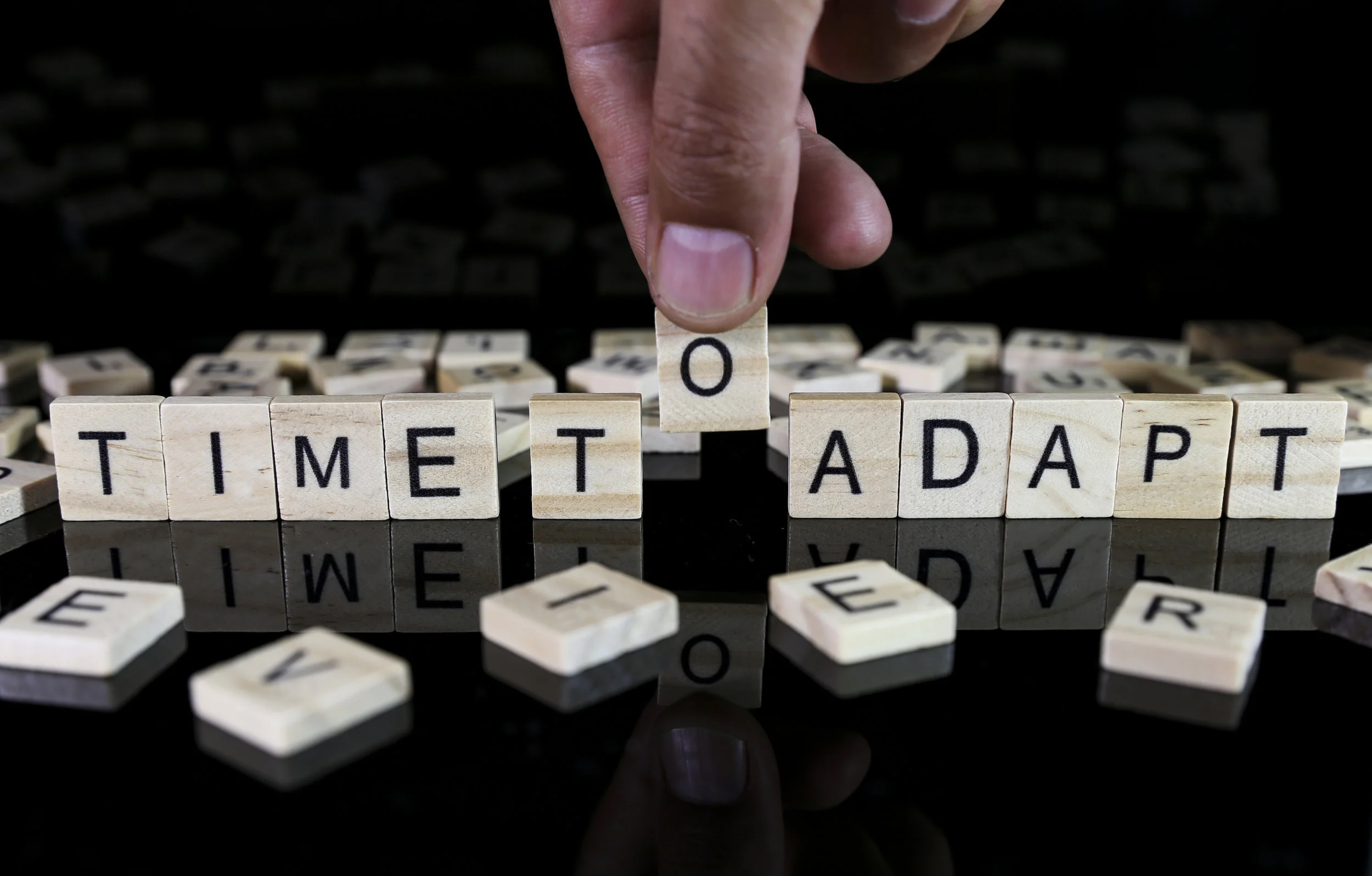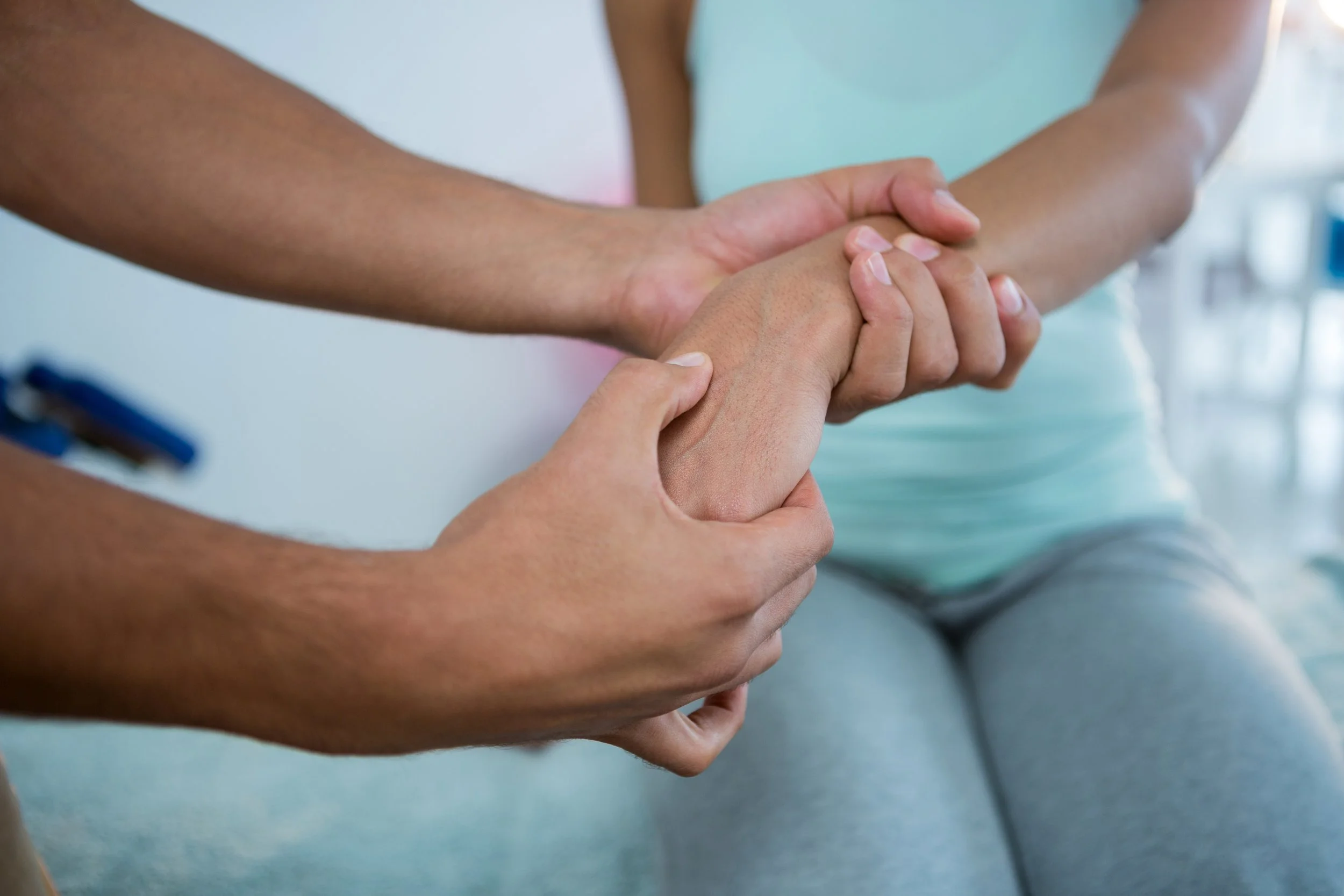How Does Yoga Relieve Chronic Pain?
/Chronic pain triggers changes in brain structure that are linked to depression, anxiety, and impaired cognitive function. New research shows that practicing yoga has the opposite effect on the brain and can relieve chronic pain.
Chronic pain alters brain structure. Brain imaging studies have shown that chronic pain leads to changes in gray matter volume and the integrity of white matter connectivity. Gray matter is home to the neurons in specific brain regions, while white matter creates communication lines between your various brain regions.
In a recent lecture, “Effect of Environment on the Long-Term Consequences of Chronic Pain,” at the American Pain Society's(link is external) annual May 2015 meeting in Palm Springs, M. Catherine Bushnell, presented findings from cutting edge research on the ability of yoga to counteract chronic pain that she's spearheading at NIH/NCCIH.
Catherine Bushnell(link is external), PhD, is scientific director of the National Center for Complementary and Integrative Health (NCCIH) at the U.S. National Institutes of Health (NIH) where she oversees a program on the brain’s role in perceiving, modifying, and managing pain. In a press release, Bushnell summed up the findings of her research by saying, "Practicing yoga has the opposite effect on the brain as does chronic pain."
Bushnell and her colleagues are conducting research aimed at discovering non-pharmacological treatments for pain. They've found that chronic pain can be prevented or reversed through mind-body practices. Lifestyle choices—such as practicing yoga or meditation—have been shown to reduce pain perception and offset the effects of age-related decreases in gray matter volume while helping to maintain white matter integrity.
Reduced gray matter volume can lead to memory impairment, emotional problems, and decreased cognitive functioning. Hyper-connectivity of white matter tracts between brain areas associated with negative emotions and pain perception can hardwire these corresponding states of mind.
The researchers used diffusion tensor brain imaging to analyze gray matter volume and the integrity of white matter tracts. Bushnell hypothesizes that increased size and connectivity of the insular cortex is probably the most important brain factor regarding changes in an individual's pain tolerance and thresholds.
Yoga appears to bulk up gray matter through neurogenesis and strengthen white matter connectivity through neuroplasticity. After assessing the impact of brain anatomy on pain reduction, Bushnell believes that gray matter changes in the insula or internal structures of the cerebral cortex are the most significant players involved in chronic pain.
"Insula gray matter size correlates with pain tolerance, and increases in insula gray matter can result from ongoing yoga practice," said Bushnell. Yoga practitioners have more gray matter than controls in multiple brain regions, including those involved in pain modulation. Bushnell stated,
Brain anatomy changes may contribute to mood disorders and other affective and cognitive comorbidities of chronic pain. The encouraging news for people with chronic pain is mind-body practices seem to exert a protective effect on brain gray matter that counteracts the neuroanatomical effects of chronic pain. Some gray matter increases in yogis correspond to duration of yoga practice, which suggests there is a causative link between yoga and gray matter increases.
Rodent studies have shown that increased levels of stress alters pain behaviors, whereas socially and physically enriched environments reduce reduce pain-related brain changes. These findings in both humans and animals indicate that the adverse effects of chronic pain can be reduced, or prevented, by altering environmental factors and making lifestyle choices that improve the pain modulatory systems in the brain.
Yoga Increases Gray Matter Brain Volume and White Matter Connectivity
Bushnell has been working with Chantal Villemure to study the benefits of yoga on chronic pain. In their recent study, they focused on people who had been practicing yoga regularly for at least six years and compared the "yogis(link is external)" to healthy people who didn't practice yoga but were matched for age, sex, education, and other exercise.
Bushnell and Villemure found dramatic differences in gray and white matter between the general population and the yoga practitioners. As Bushnell explains,
We found from brain anatomy studies that the people practicing yoga had more gray matter in a number of regions; as we get older, we lose gray matter, but we didn’t see that decrease in the yoga practitioners, which suggests that yoga may have a neuroprotective effect. When we looked at pain perception, there was a significant increase in pain tolerance in the yoga practitioners, and there was a change in pain thresholds, too.
Villemure has a theory that many of the benefits of yoga might be related to autonomic nervous system and stress reduction as it relates to chronic pain. The autonomic nervous system has two branches: the sympathetic nervous system(link is external) and the parasympathetic nervous system(link is external). Villemure is also examining how yoga practitioners might have a different method of coping with the anticipation of pain.
When most people are expecting pain, it triggers the “fight-or-flight" response of the sympathetic nervous system which causes cortisol levels to skyrocket. On the flip side, Villemure observed that when yogis anticipate pain, their parasympathetic nervous system activates. This creates a "tend-and-befriend" or "rest-and-digest" response, as opposed to a "fight-or-flight" response.
Conclusion: Yoga Is a Viable Drug-Free Treatment Option for Chronic Pain
Most of the pharmacological treatments for chronic pain are opioid based and are highly addictive. Luckily, the effectiveness of non-pharmacological interventions such as yoga and meditation have been shown to have potent pain-relieving effects on the brain. In the long run, alternative treatments for pain, such as yoga, could be more effective than pharmaceutical treatments for relieving chronic pain.
This article originally appeared on psychologytoday.com and was written by Christopher Bergland.











![Self-regulation “control [of oneself] by oneself"](https://images.squarespace-cdn.com/content/v1/55563e14e4b01769086817cb/1542845645966-PO2HGKF5JLUBM45UIWQ3/wee-lee-790761-unsplash.jpg)



















